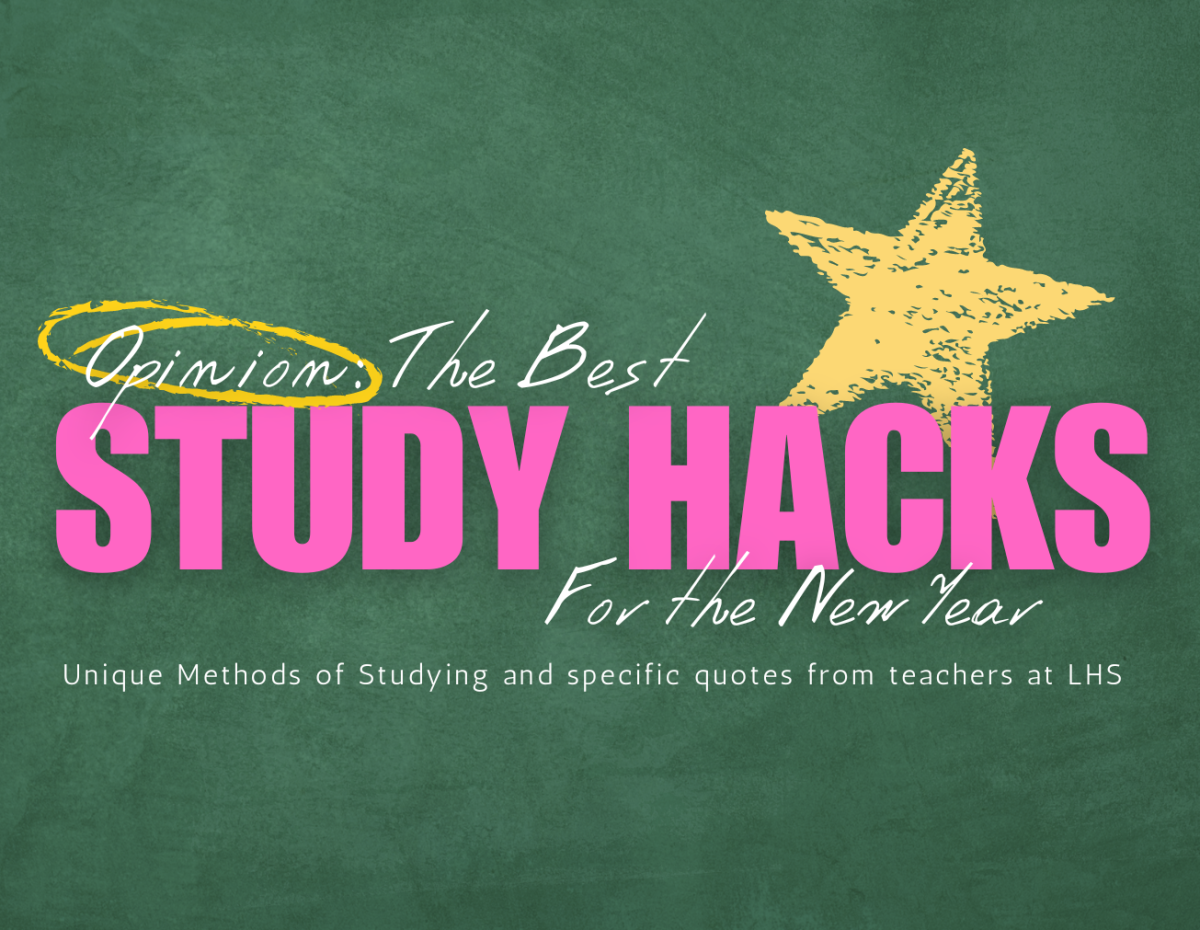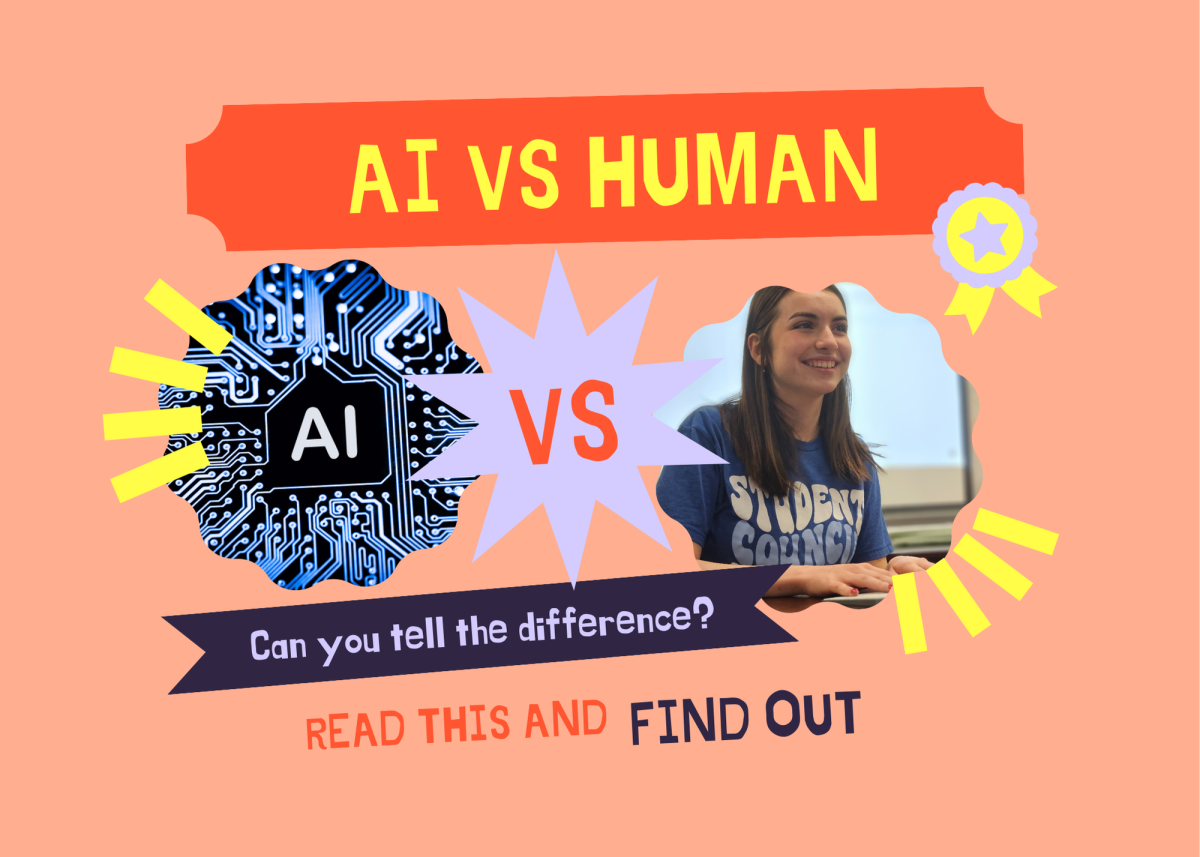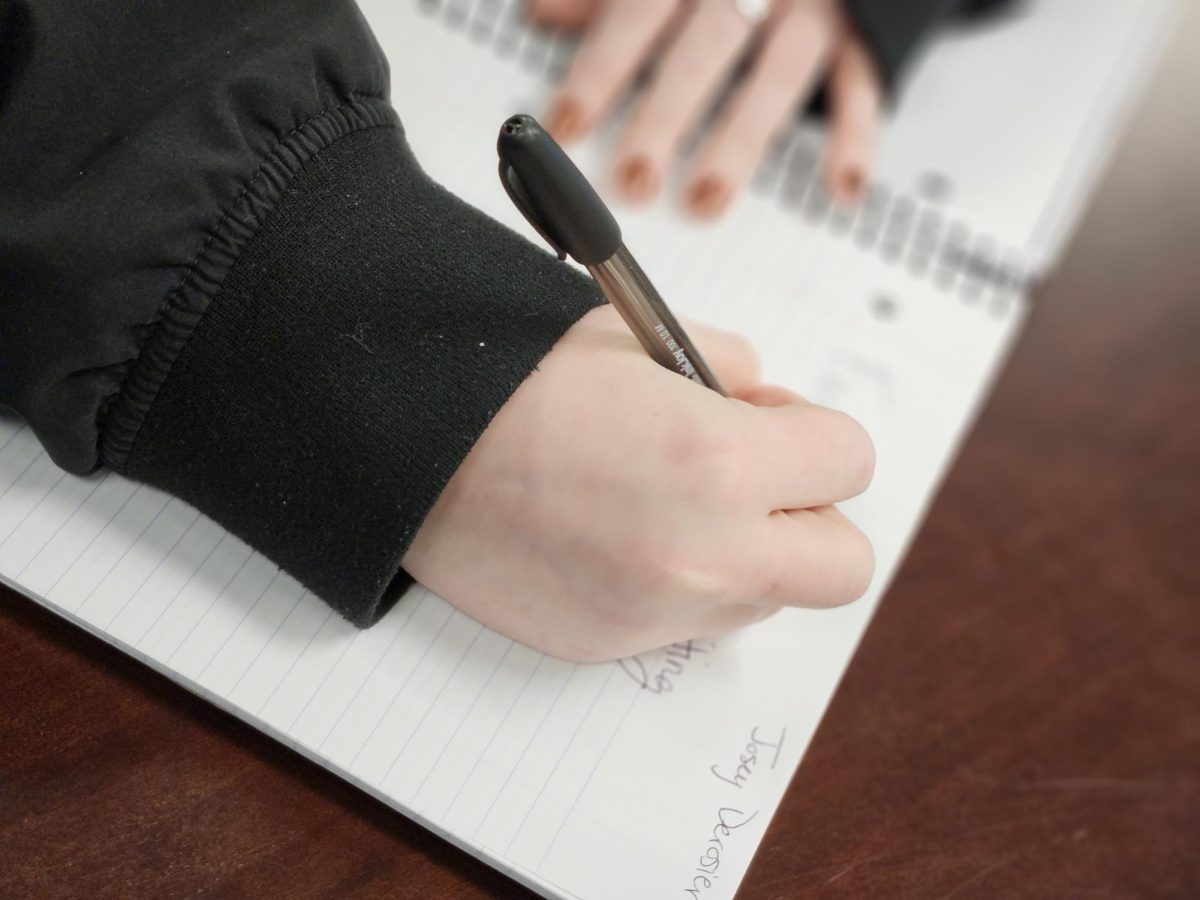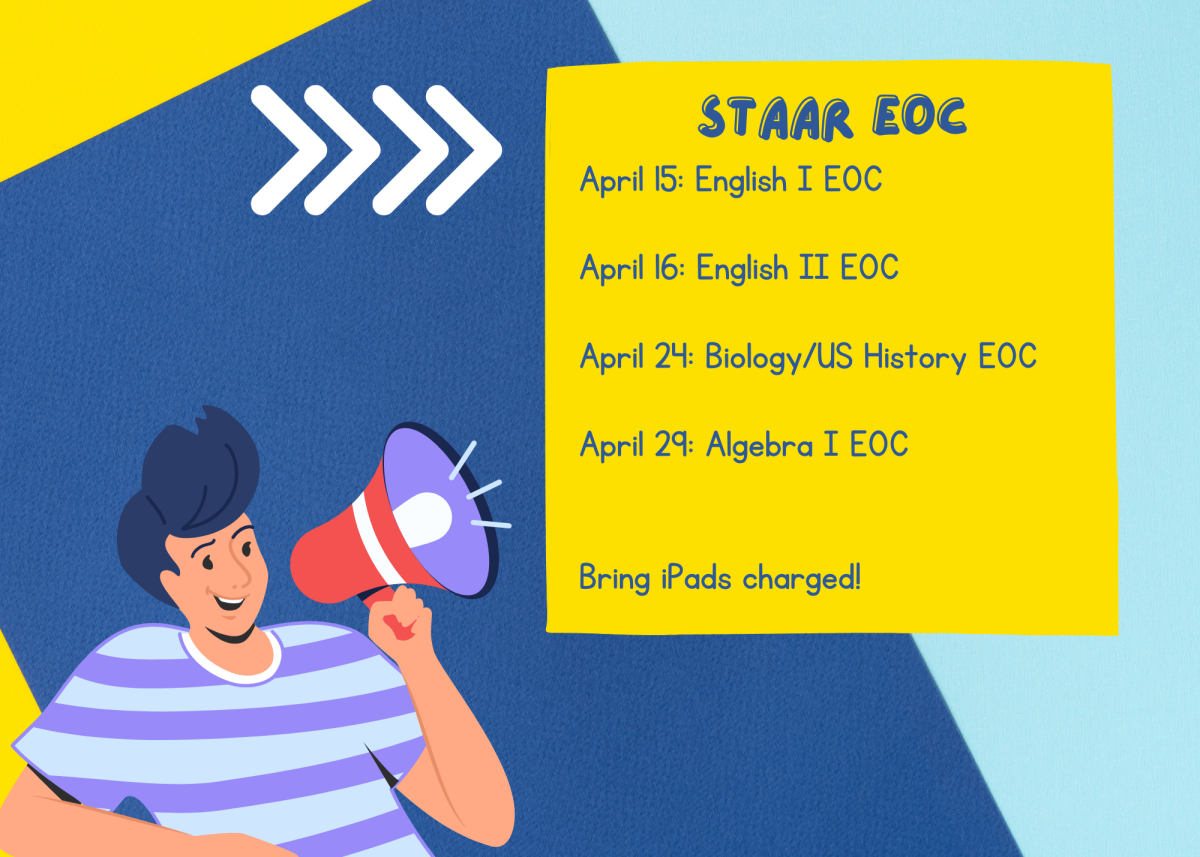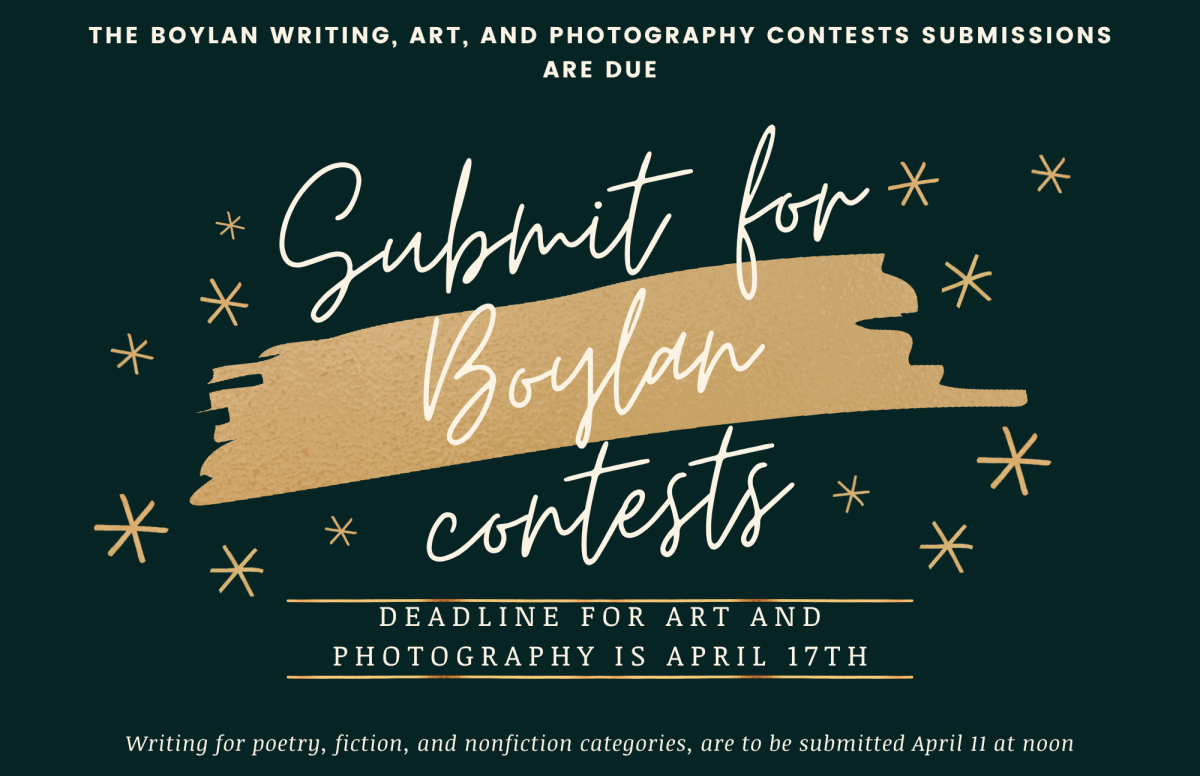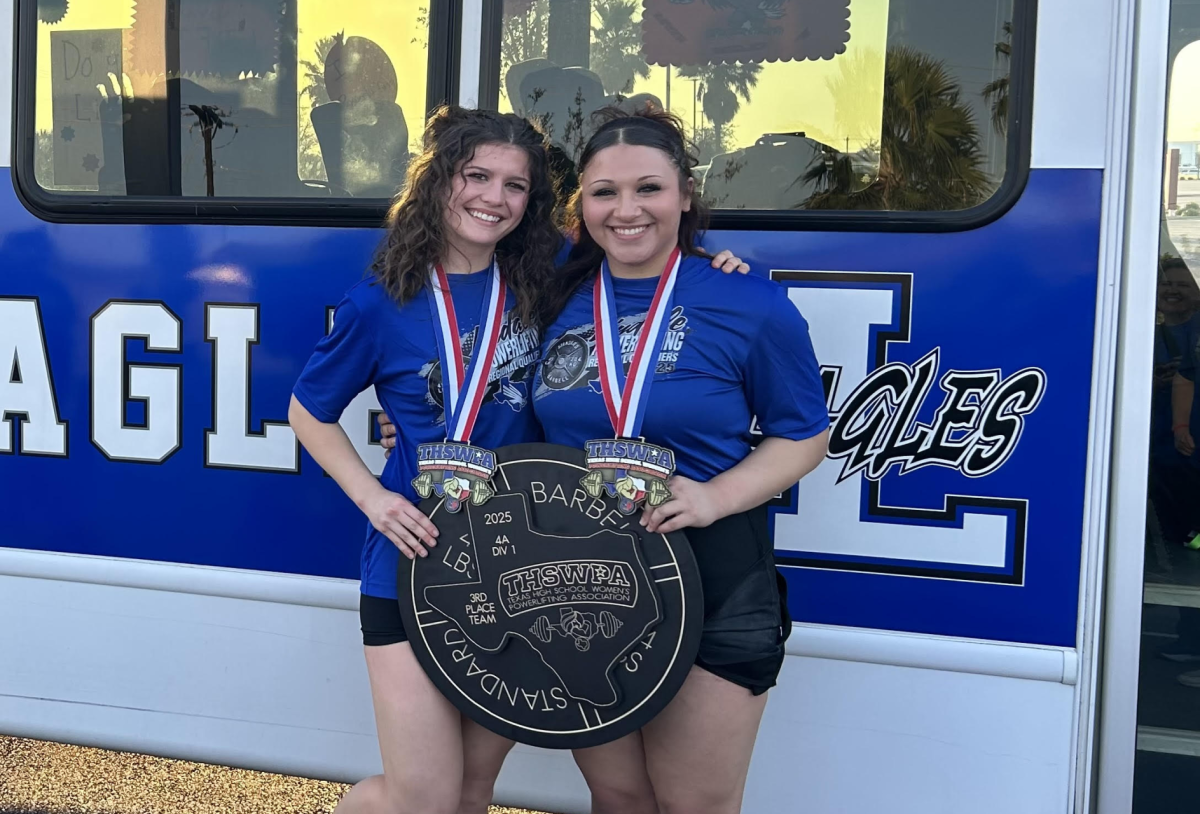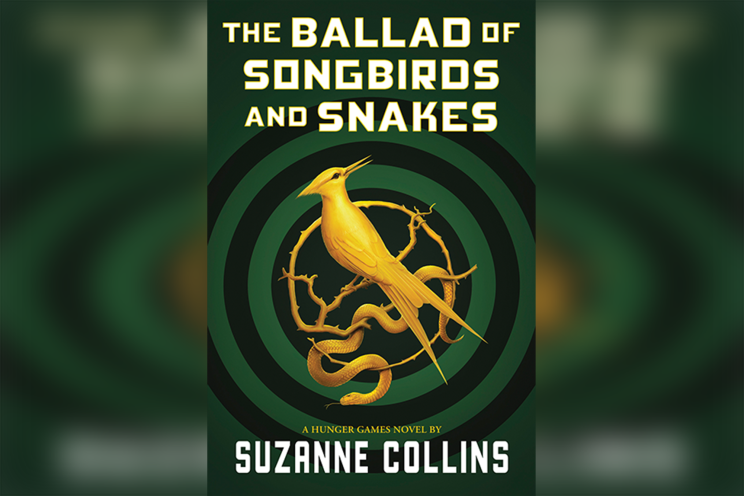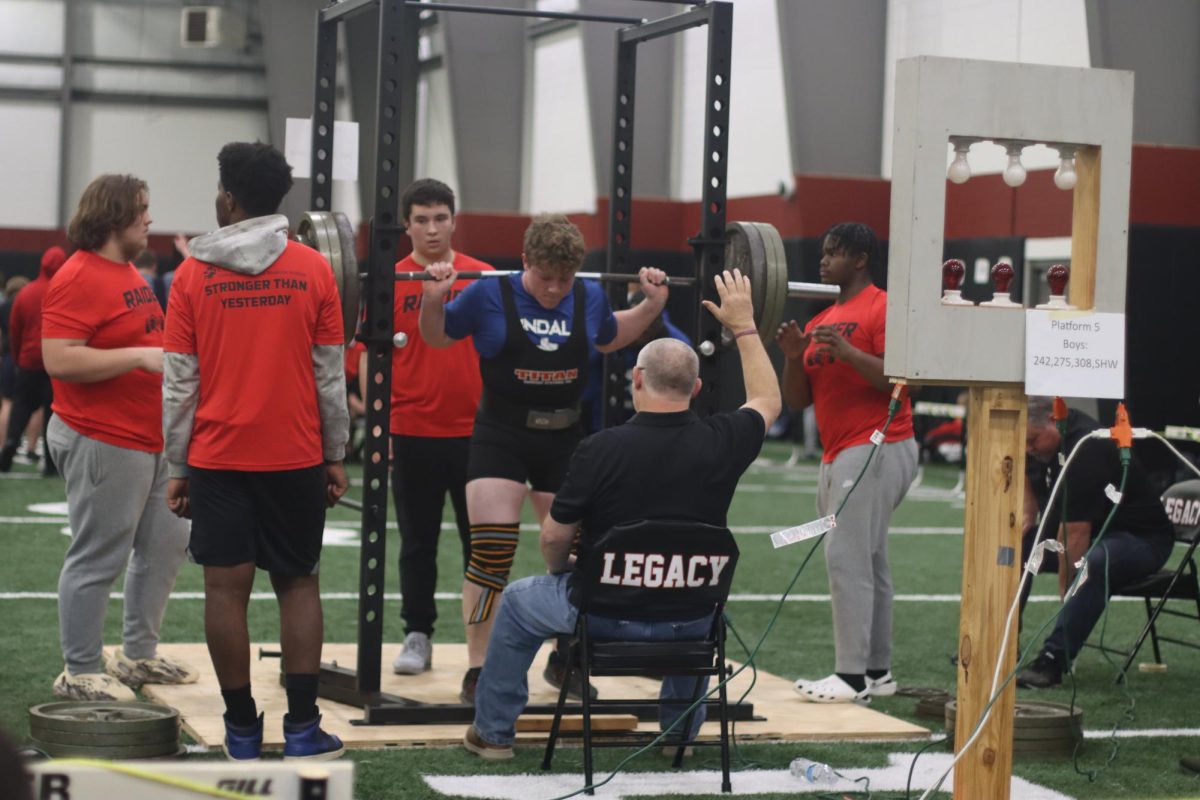With the new school year beginning we as students need new ways to study the massive amounts of information that are continuously dumped on us. In order to tolerate this, I have compiled a list of some of the best ways to study as well as a general tips to help get through this year.
Major Study Techniques
- The “SQ3R” Method
The processes work best when reading articles or chapters in an academic book. The study technique, explained by Virginia Tech, is an acronym for SQRRR. It consists of five major steps to success: survey, question, read, recite, and review. The first step consists of simply looking through the document and note the organization patterns of information, graphs or maps, and other important information. Next, students should come up with as many questions they can about what they see. The better and more complex the questions are the more effective. Third, read. Read the passages, chapters, graphs or maps, and even the footnotes. The more the merrier. Next, answer as many of the previous questions created about the passage or chapter and recite the answers. Do not move on to the next section until the answers are memorized. Finally, review all the material you have covered by taking key questions or concepts and see if they are remembered. If not, simply check back over the passages or chapters that were forgotten.
- Retrieval Practice
These learning exercises are mainly designed for students to remember large amounts of data at a later time. The University of California in San Diego states that there are specific do’s and don’ts of this method. Do not simply restudy the information provided on the pages of textbooks. Tests or exams require students to recall or receive information from their mind and this process is what retrieval practice focuses on. This method can begin right after a lecture or when you’re done taking notes. Instead of re-reading them, put them aside and try to recall as much information as possible. After, look back and check if what you were able to recall was correct and review what you missed. Then repeat. Other methods are creating your own practice tests to help recall information. Making handwritten flashcards can also increase your ability to recall data though finding connections between terms and definitions.
- Spaced Practice
This method’s design requires a little more planning ahead and focuses on complex ideas. Oxford Learning explains that this technique aims to eliminate cramming right before a test or exam by spacing out the actual times you study a subject. Right when you get your notes or information from a lesson, look over and study it. Then, for the next 2-3 days, revisit and review the material. Then, wait a few days before going over it again. Then wait a few more days to do it again. This works because of a concept called the forgetting curve, which is essentially the timeline in which our minds forget things that it doesn’t actively work to remember; our minds work harder when we are on the verge of forgetting something. This strain also allows for more connections between information to form since the brain is trying so hard to remember. It takes time but is perfect for those who like to plan their after school life by the hour.
- Feynman Technique
One of the most famous study techniques that can be applied to nearly any subject, and is great for simply trying to understand something, is the Feynman technique. Explained by the University of Colorado in Boulder this technique takes 4 simple steps: study, teach, fill in the gaps, and simplify. Firstly, you need to gather all your knowledge about something that you know and organize it how you wish. After you need to teach all you know to someone, and yes, this someone can be an imaginary person. However, it works best when talking to someone actually there so they can give feedback. Next you need to find any weak points in your knowledge, certain topics you don’t know enough about, and focus specifically on these until you are an expert. Finally you should take all you have learned and simplify it down to terms anyone, especially you, can understand. As Albert Einstein said, “If you can’t explain it to a 6 year old, you don’t understand it yourself”.
There are still many different ways to study that professionals have developed. Some may work perfectly for you, and others may immediately fail. It’s important to find what works for you in different areas of studying whether it’s textbook work or simplifying terms. What I do know is that it is best to figure it out in high school rather than college or a work setting. Even now, there are some universal guidelines to having a better time understanding and learning anything.
General Tips to a Better Study Time
- Get enough sleep
According to The Mayo Clinic, the general amount of sleep ages 13-18 need every 24 hours is 8. These eight hours of sleep need to be uninterrupted hours so the body can enter REM sleep, which occurs 90 minutes after a person falls asleep. When a person is regularly not getting enough sleep this can result in sleep deprivation. To stop being sleep deprived a person needs to sleep more to make up for the lost time.
- Eatting Properly
High school students are going through momentous changes in their bodies and this requires massive amounts of energy. Sleep can only give us so much. To be able to keep energy high throughout the day and not feel fatigued, scientists suggest eating all 3 meals per day. Breakfast being one of the most important since it kick-starts metabolism and breaks the nighttime fast. The Better Health Channel states that teenagers should also work to limit salt and fatty foods from daily diets while consuming more meals rich in iron and calcium.
- Eliminating Distractions and Choosing wise Study Environments
It is important that study sessions be focused and uninterrupted or else their effectiveness is cut short and their purpose is practically ruined. Picking a comfortable place to sit for hours and look over information is the smartest choice and gets rid of anything that may interfere with your focus. The NIH states that people who have symptoms similar to ADHD or other attentive disorders may have a harder time with focusing, so eliminating distractions is an important step.
Sources
- https://www.mayoclinic.org/healthy-lifestyle/adult-health/expert-answers/how-many-hours-of-sleep-are-enough/faq-20057898
- https://www.betterhealth.vic.gov.au/health/healthyliving/food-and-your-life-stages
- https://ucc.vt.edu/academic_support/study_skills_information/sq3r_reading-study_system.html#:~:text=SQ3R%20is%20a%20reading%20comprehension,text%20requirements%20from%20any%20class.
- https://ctl.wustl.edu/resources/using-retrieval-practice-to-increase-student-learning/#:~:text=Retrieval%20practice%20is%20the%20strategy,recall%20it%20in%20the%20future.
- https://www.oxfordlearning.com/what-is-spaced-practice/
- https://newsinhealth.nih.gov/2014/09/focusing-adhd#:~:text=Kids%20with%20the%20inattentive%20kind,hyperactive%2Dimpulsive%20and%20inattentive%20types.
- https://www.colorado.edu/artssciences-advising/resource-library/life-skills/the-feynman-technique-in-academic-coaching



